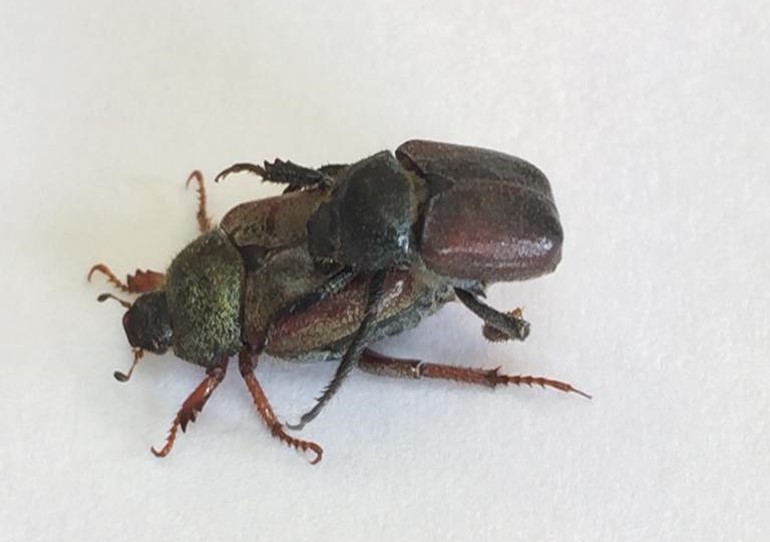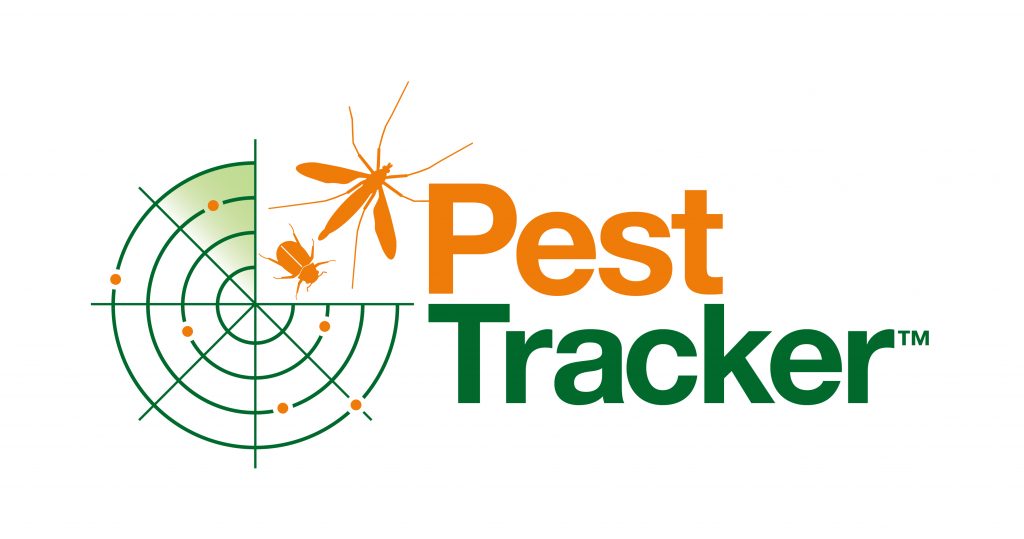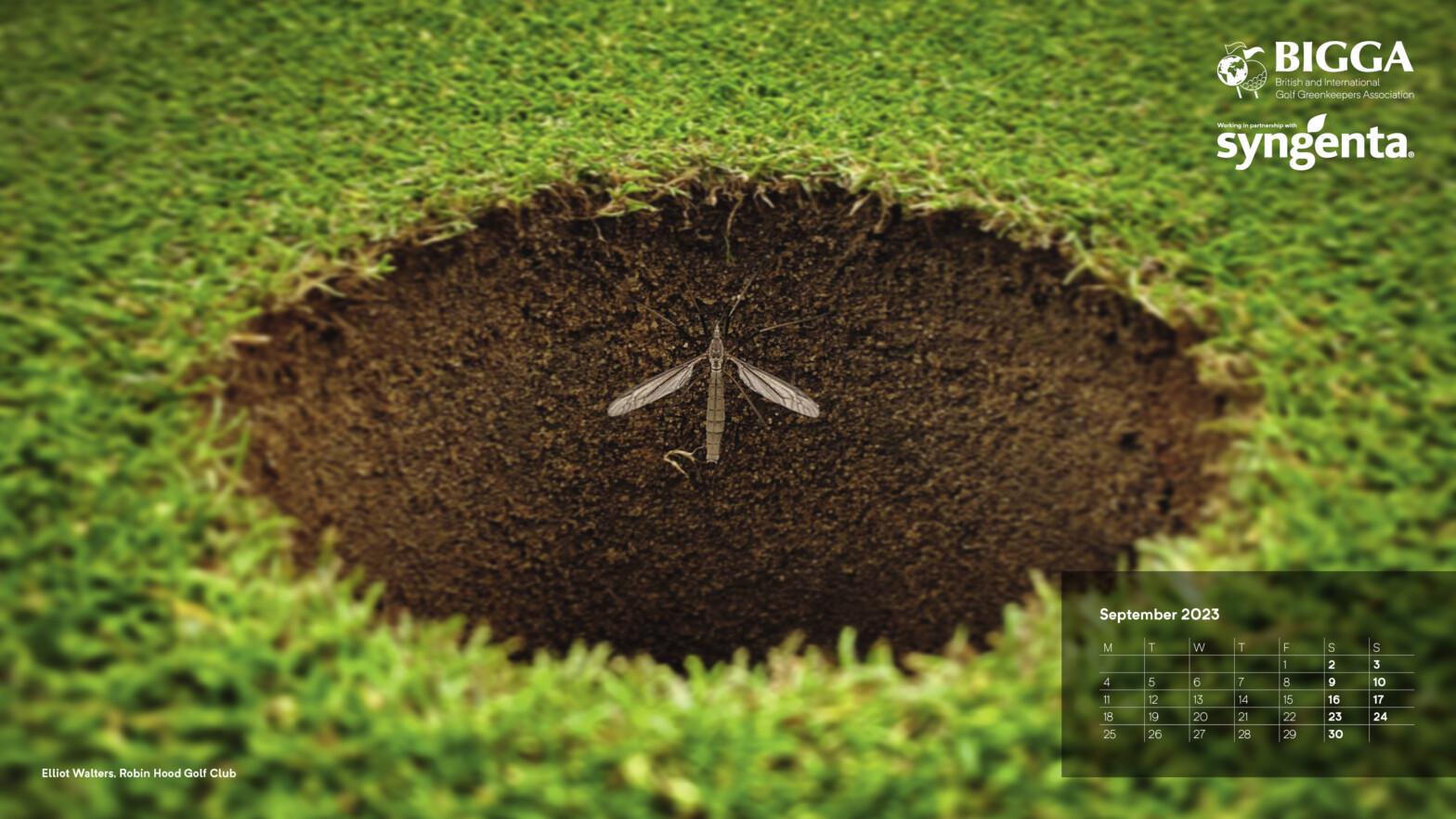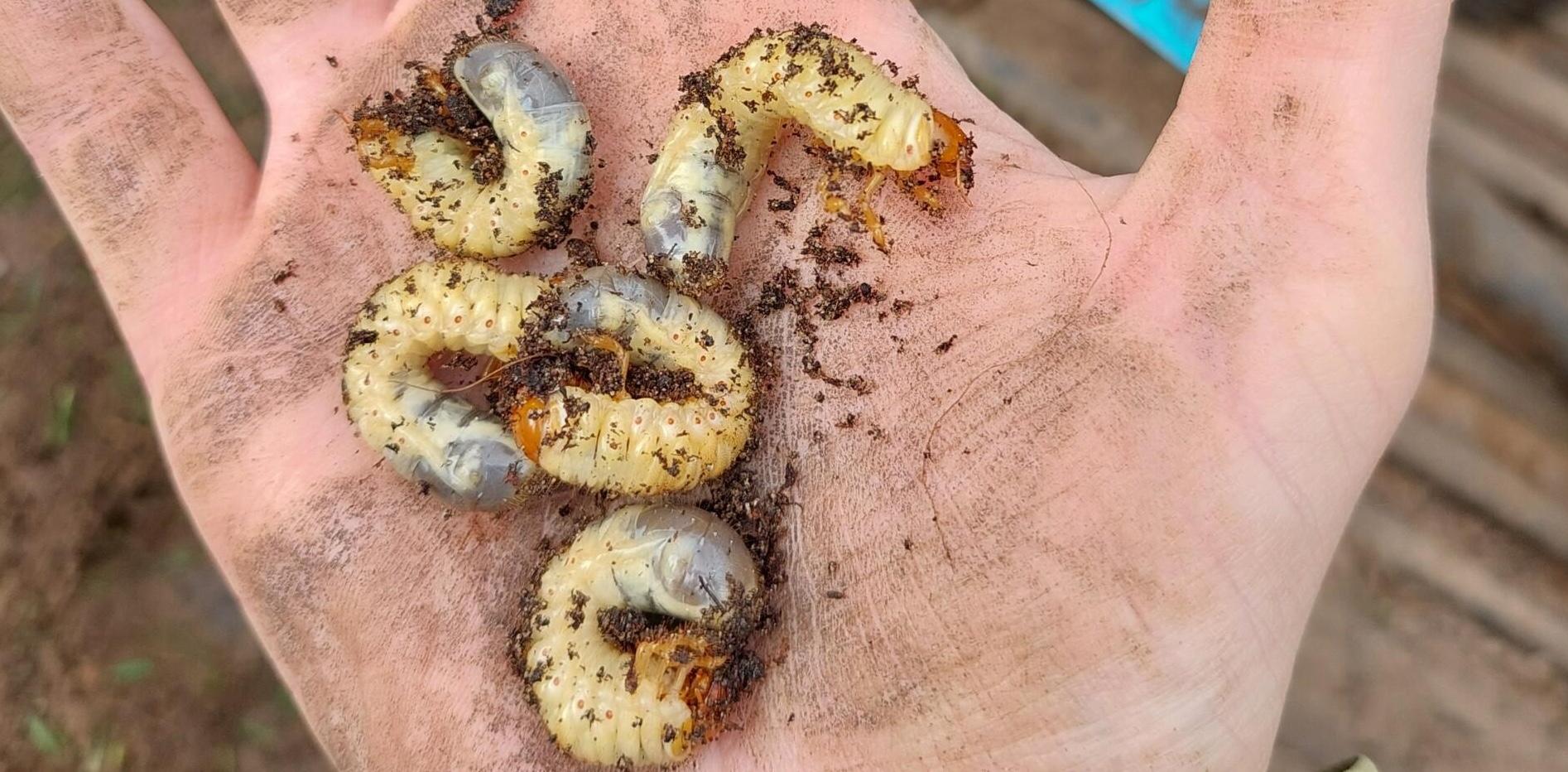Your input is invaluable... Yes I'm going to start this with an unashamed plea for more help.
Our chafer and cranefly Pest Tracker is, as far as I can tell the first data gathering exercise of it's type.
Whether you have an issue with these pests or not, please log your sightings on the Syngenta Turf Pest Tracker.
Whether you intend to use Acelepryn or something else, please log sightings on PestTracker.
Whether you see them at work, in your garden or on holiday please, please, PLEASE log them on PestTracker.
Why? I'm in a fairly unique position and get to talk to wide range of people throughout the country about the challenges they face as well as looking to the future for potential control methods. Insect damage and damage from foraging animals is and will continue to damage turf, threaten businesses, disrupt fineturf surfaces and is soul destroying for the people managing and using these facilities.
All future control methods will be highly dependent on correct timings of applications. By gathering data on insect flight patterns we put ourselves in the best position possible to manage this challenge.
If you're logging your sightings - Thank you.
If you've seen something and not logged it - Please do.
If you know other turf managers who aren't getting involved - Please encourage them.

Enough pleading - here's the feedback to date.

Cranefly - whilst we are still getting sightings being recorded (they will hatch all year - which is part of the complexity of managing this species) the sightings have significantly slowed.
We will now clear the Cranefly map and wait for the population explosion late August - which is the best time to apply Acelepryn under the emergency approval to ensure the best possible success.

Garden Chafers - Sightings haven't increased significantly since the end of May and I would expect these to have slowed or stopped by now but I'm unsure of the impact the colder than normal June has had on them.
I'm surprised that the sightings have only been midlands and lower - so if you're above Coventry and you have any experience with Garden Chafers, seen them flying or historically seen damage - let me know. It could be that they are only found in the Southern half of the country or that they are hatching much later in the North.
However if you've seen them and have historic issues your timing window is NOW, the ground is moist - pick the next good spray opportunity and go for it ensuring that it is fully watered in.

CockChafers seem to be much wider spread and sightings keep popping up in the same areas - I expect this is isolated sites that have historical challenges. Again, the ground is moist, if you have experienced historic issues and seen them this year - NOW is the time.

Welsh Chafers - More isolated sightings, again significantly in the Southern half of the UK but I have seen a number of posts on Facebook and Twitter showing biblical hatches of these Chafers since the rain has subsided (I've tried logging them but need your help). Once again if the Welsh Chafer is your target and you've seen them - NOW is the time.
So my question for today: Do Chafers prefer living in the South or do Northerners not use PestTracker - Answers on a postcard????





